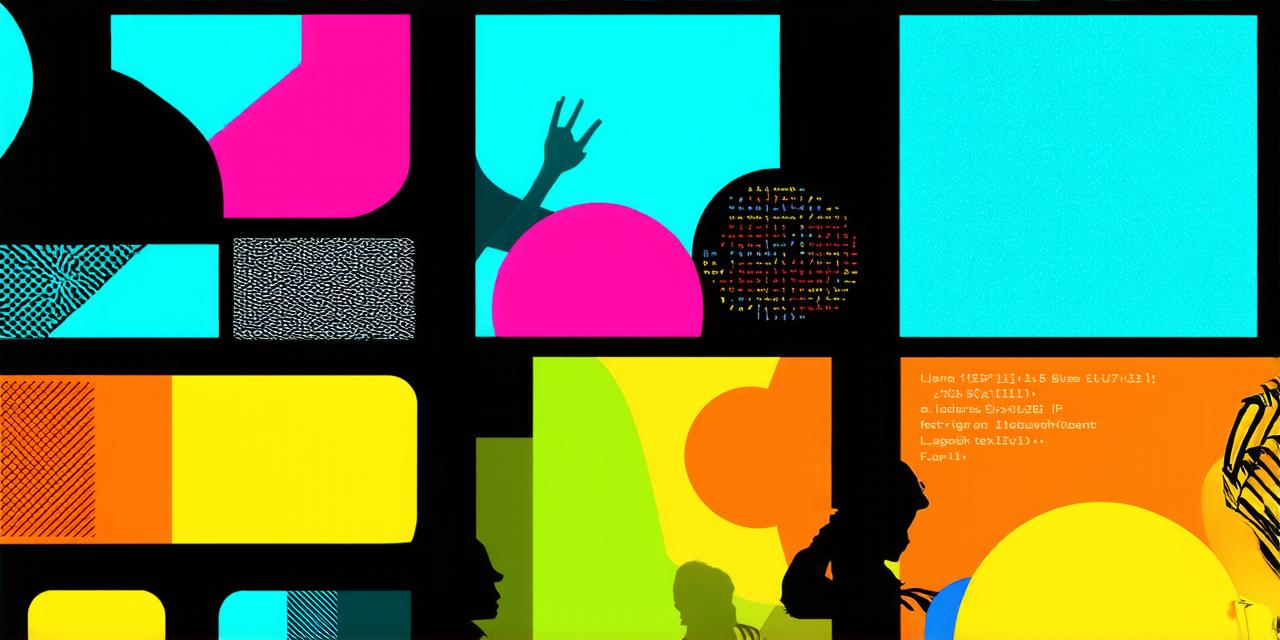Embark on an exciting journey into the world of web design! Whether you’re a budding entrepreneur or a creative soul yearning to express yourself digitally, this guide is your compass. Let’s delve deeper into the intricacies of web design and explore various aspects that will help you create stunning websites.
Why Web Design Matters
“Good design is a lot like clear writing,” said the legendary designer Paul Rand. Just as words can captivate and inform, so too can well-designed web pages engage and educate. A good website is not just about functionality; it’s about creating an experience that resonates with your audience. It’s the digital face of your brand, a first impression that can make or break a potential relationship.
Step 1: Planning Your Masterpiece
Before you pick up a design tool, sketch out your vision. Identify your target audience, their needs, and how your website will cater to them. This is your blueprint—your roadmap to success. Spend time understanding the preferences of your audience, their behavior patterns, and the kind of content they consume. This will help you create a website that truly resonates with them.
Step 2: Choosing Your Tools
There’s no shortage of design tools available today. From Adobe XD to Sketch, Figma, InVision Studio, and Affinity Designer, find one that suits your style and budget. Remember, the tool doesn’t make the artist; you do! Choose a tool that offers a learning curve suitable for your skill level and provides the features you need.
Step 3: Wireframing and Prototyping
Now, bring your blueprint to life. Create a wireframe—a basic structure of your website—and then move on to prototyping, where you add color, images, and interactivity. A wireframe helps you visualize the layout and hierarchy of your web pages, while prototyping allows you to test the functionality and user flow.
Step 4: User Experience (UX) Design
Good UX design is about making the user’s journey as seamless as possible. Ensure your website is easy to navigate, visually appealing, and responsive across devices. A good UX design considers factors like loading speed, accessibility, and mobile-friendliness. It’s all about creating a smooth, enjoyable experience for the user.
Step 5: User Interface (UI) Design
While UX focuses on functionality, UI is all about aesthetics. Choose colors, fonts, and images that reflect your brand and resonate with your audience. A good UI design should be intuitive, consistent, and visually appealing. It’s the first thing users notice, so make it count!
Step 6: Testing and Iteration
No design is perfect from the get-go. Test your website, gather feedback, and iterate until you’ve created a masterpiece. Use tools like Google Analytics to track user behavior and identify areas for improvement. Remember, web design is an iterative process—you’ll constantly be refining and improving your work based on user feedback and data.
Step 7: Launching Your Website
Once you’re satisfied with your creation, it’s time to share it with the world. Choose a reliable hosting service, optimize your site for search engines, and voila! Your website is live. Promote your website through social media, email marketing, and other digital channels to attract visitors.
FAQs

1. What tools are best for web design?
Adobe XD, Sketch, Figma, InVision Studio, and Affinity Designer are popular choices. Each tool has its own strengths and weaknesses, so choose one that aligns with your needs and skill level.
2. How long does it take to learn web design?
Like any skill, the learning curve varies. With consistent practice, you could see significant improvement in a few months. However, mastery takes time and dedication.
3. Do I need to know coding to design websites?
While knowledge of HTML and CSS can be beneficial, there are many no-code design tools available today that allow you to create stunning websites without needing to code.


